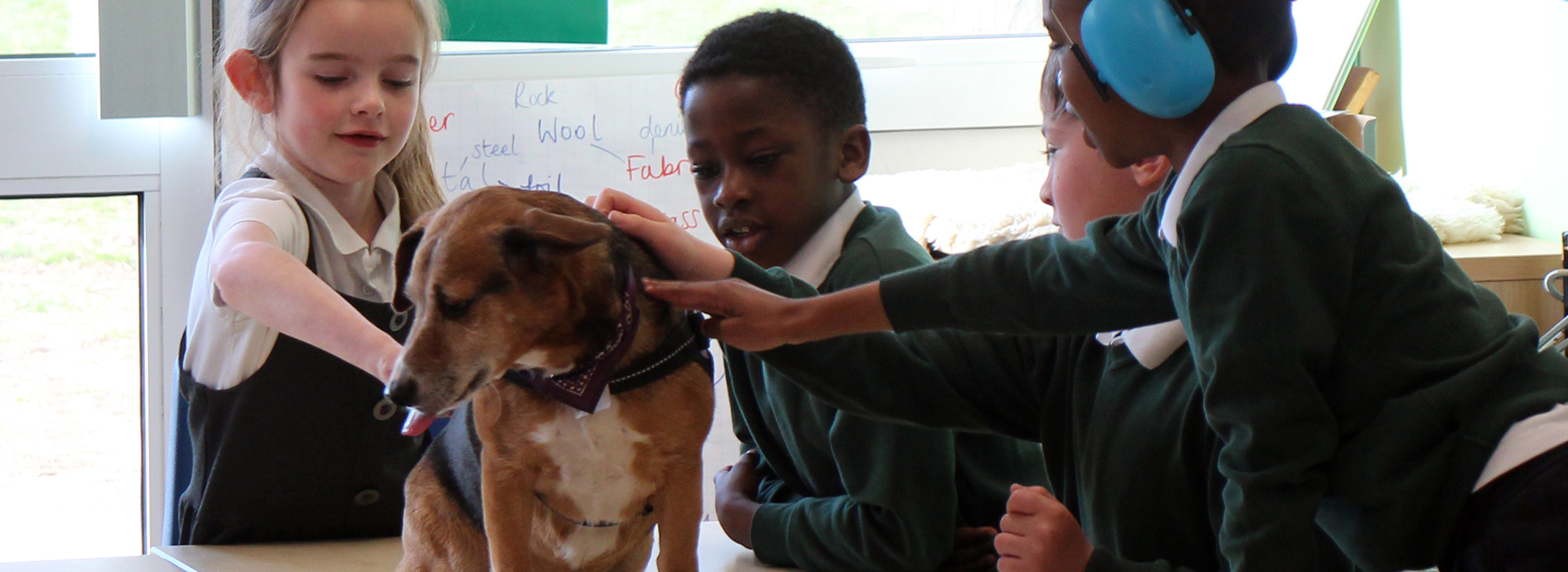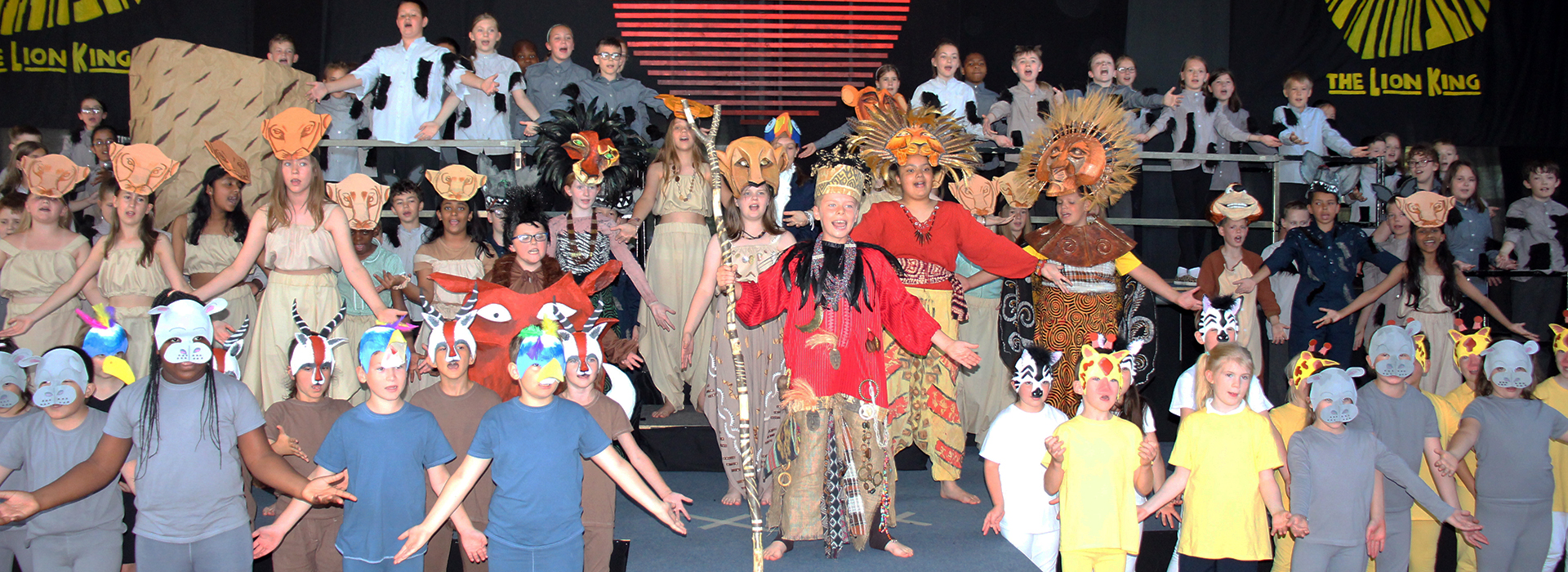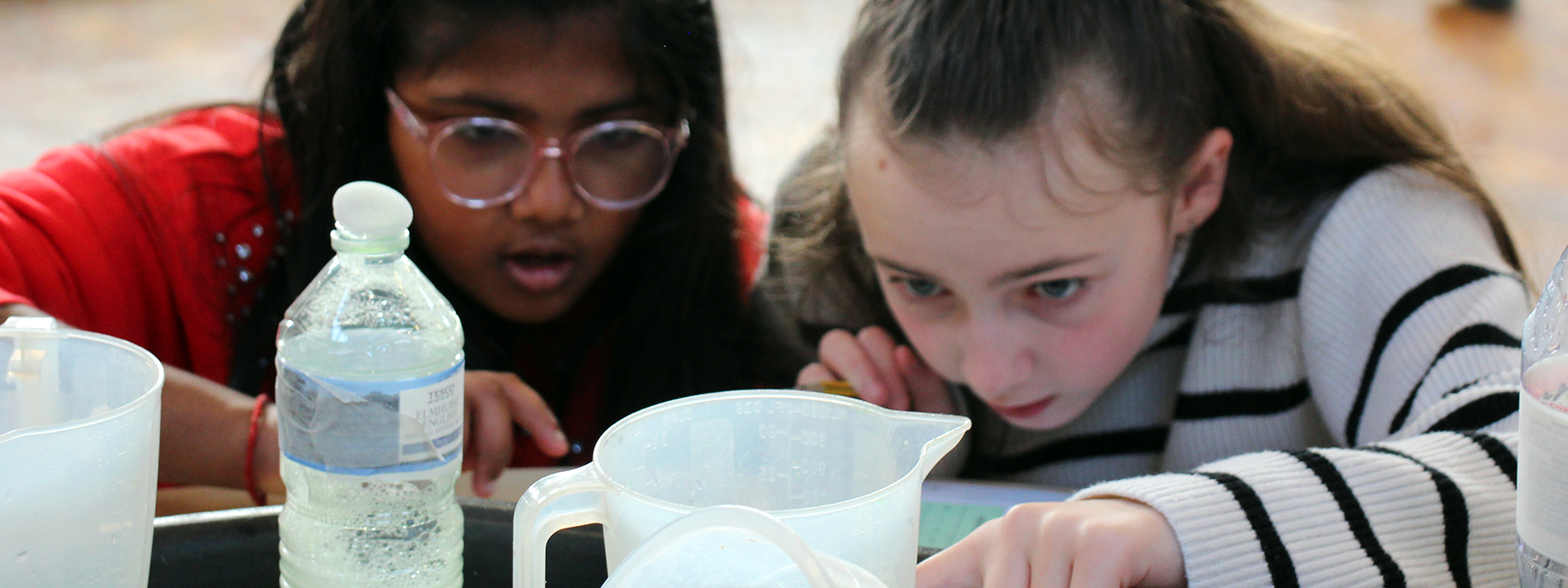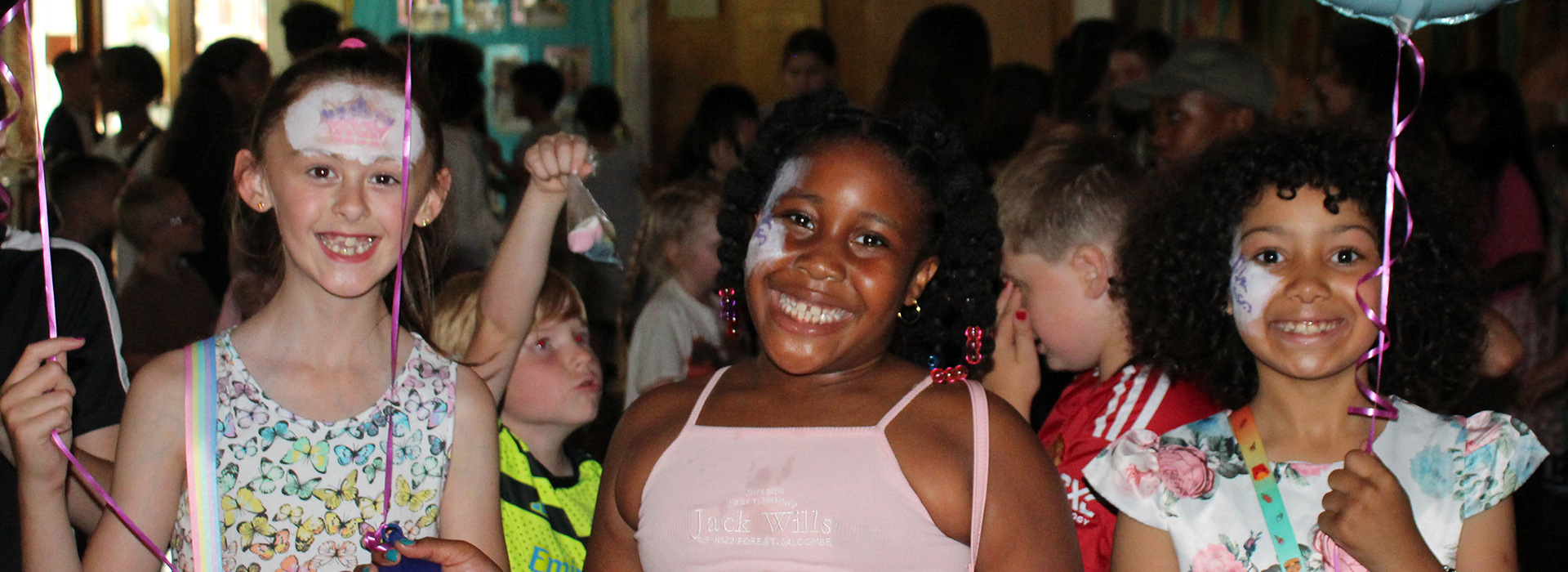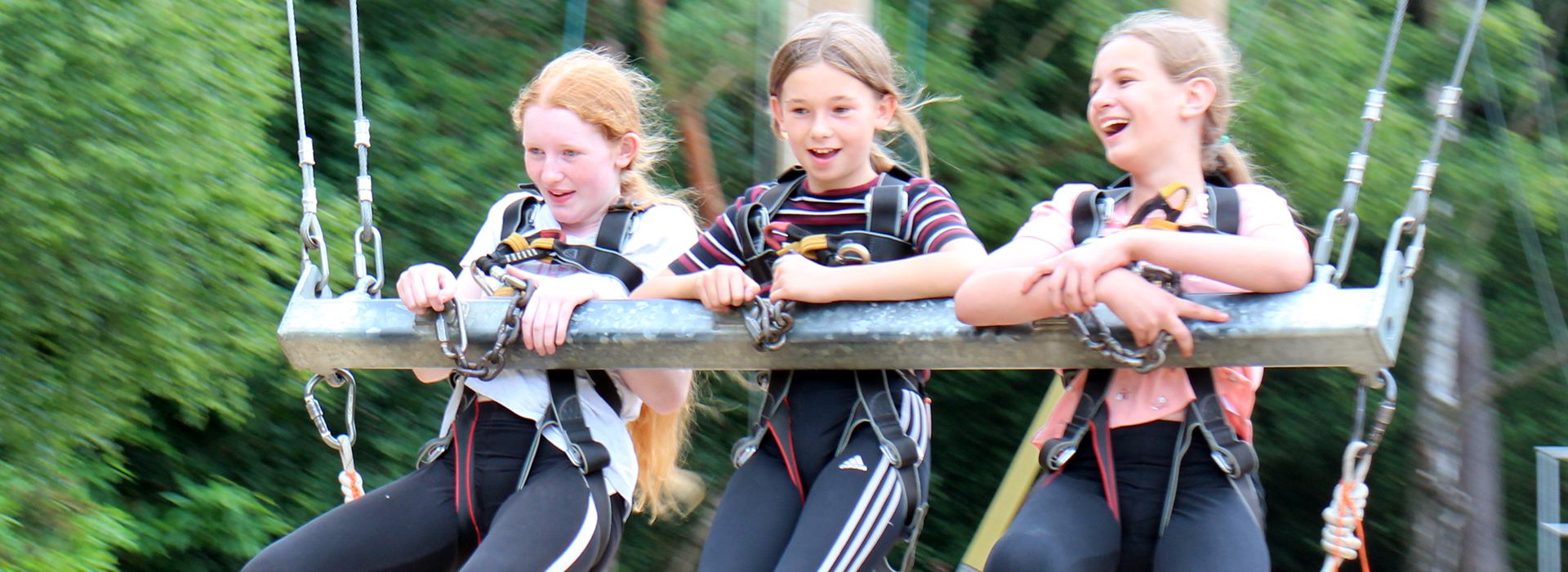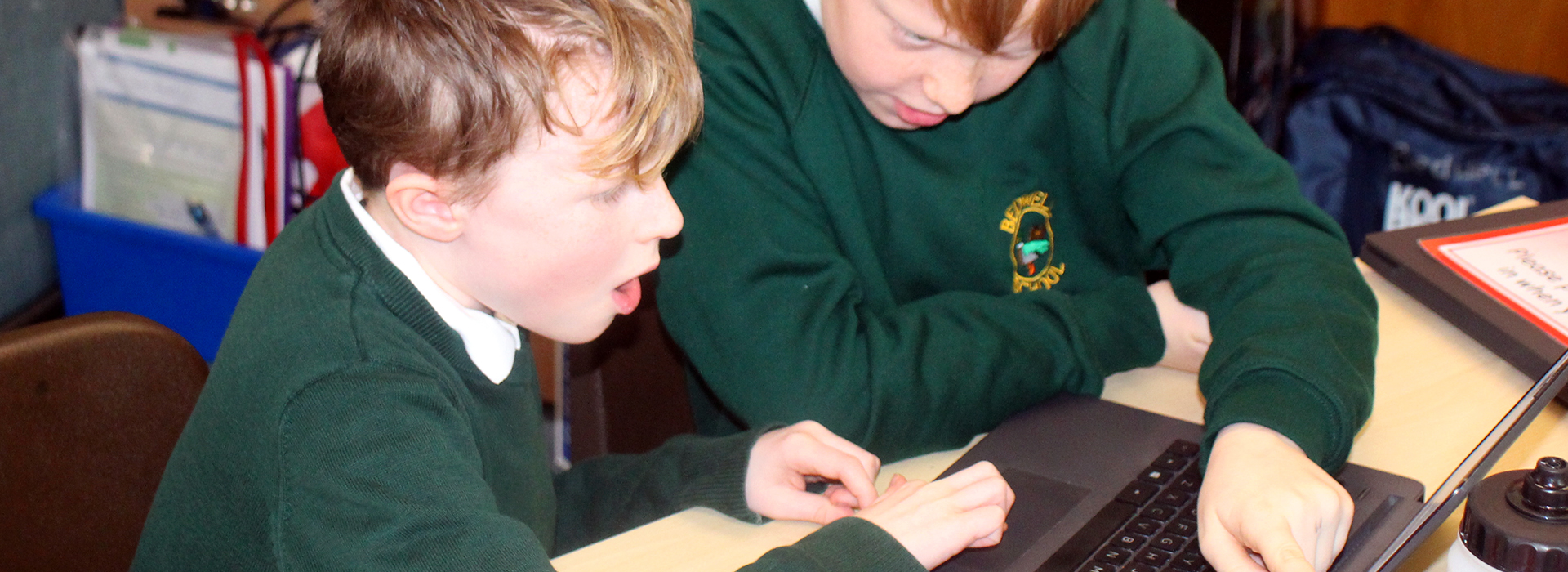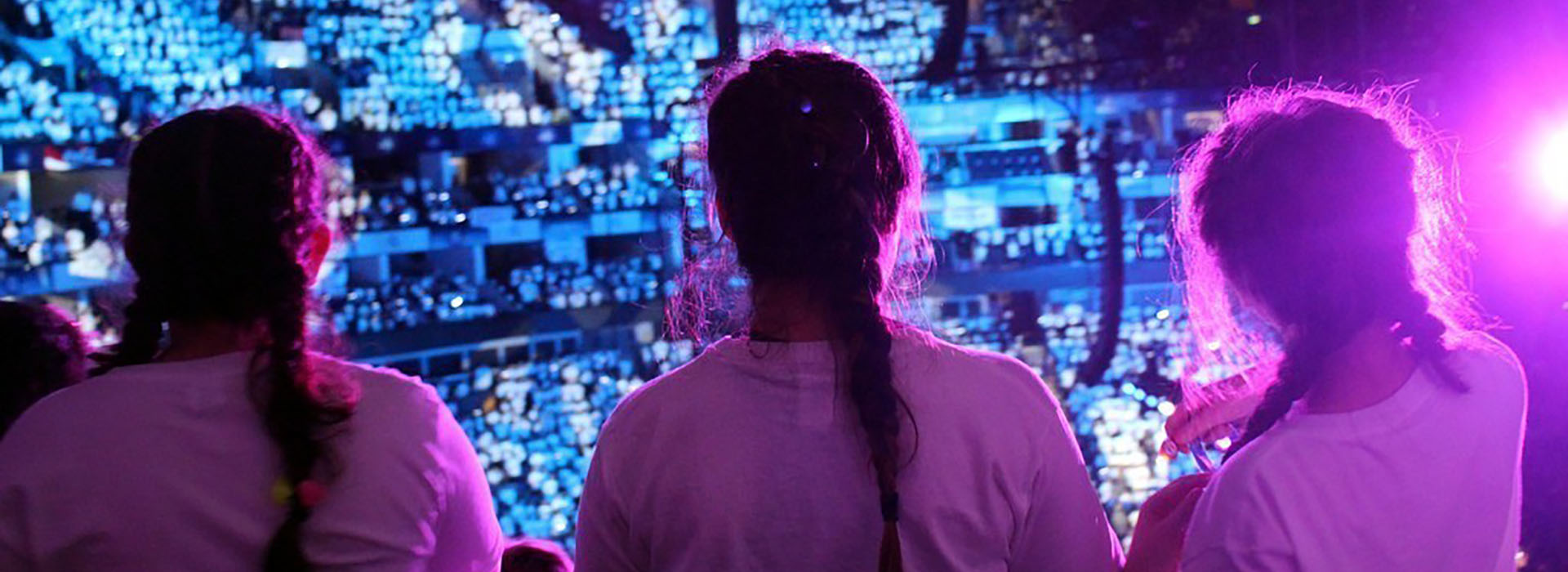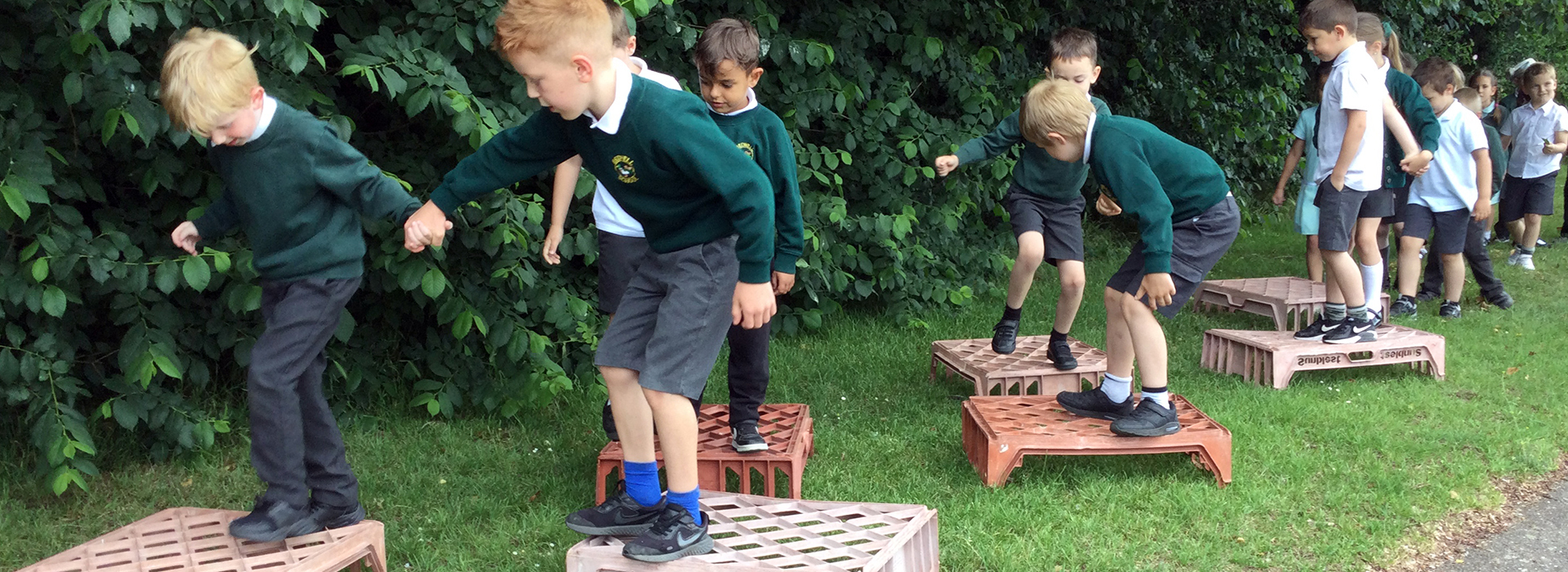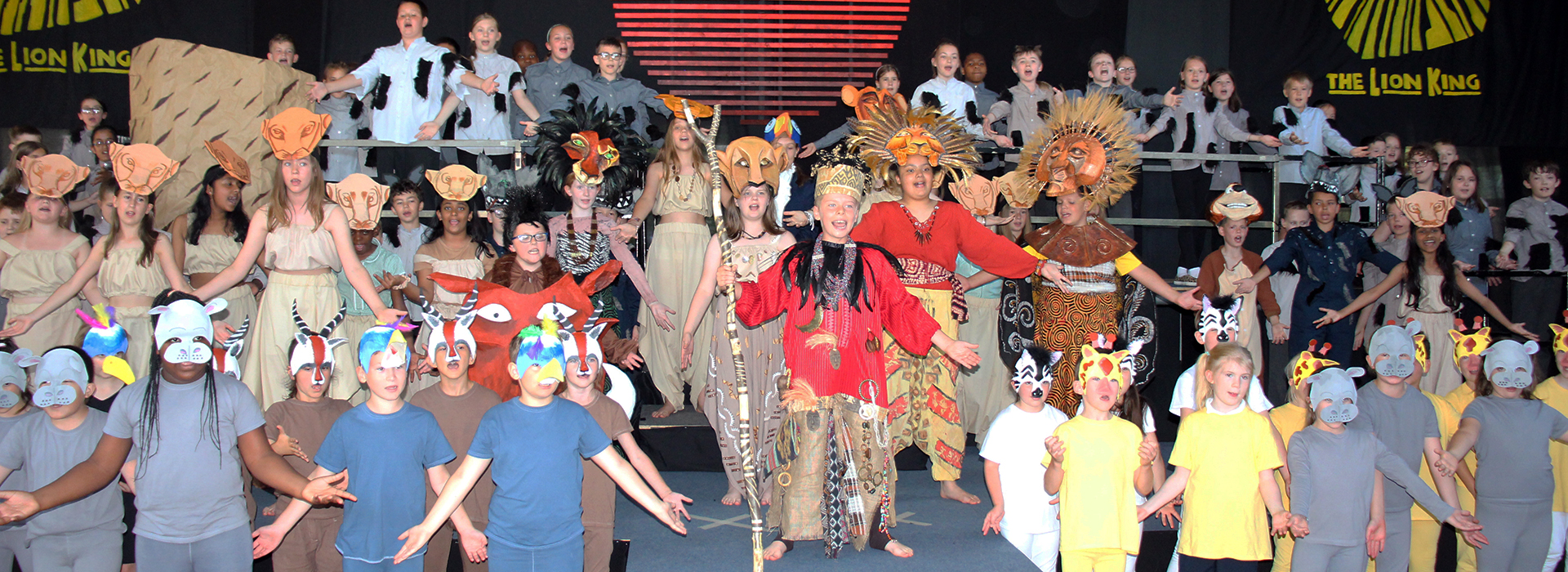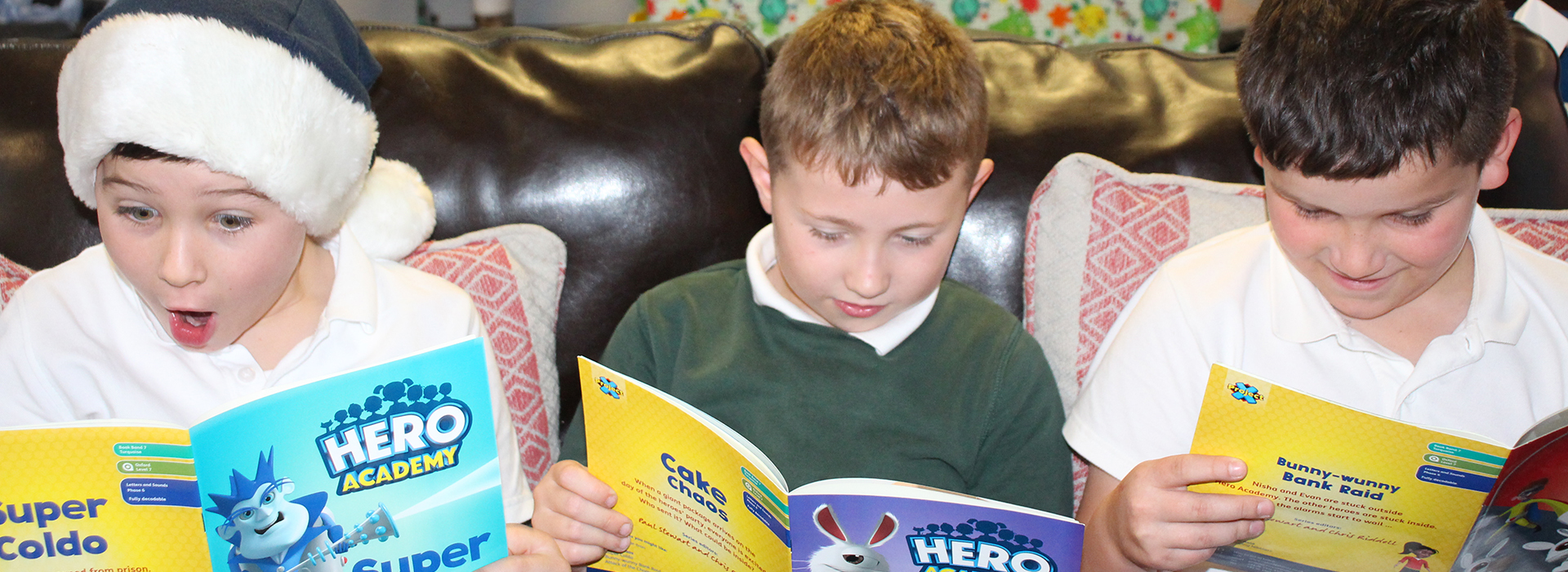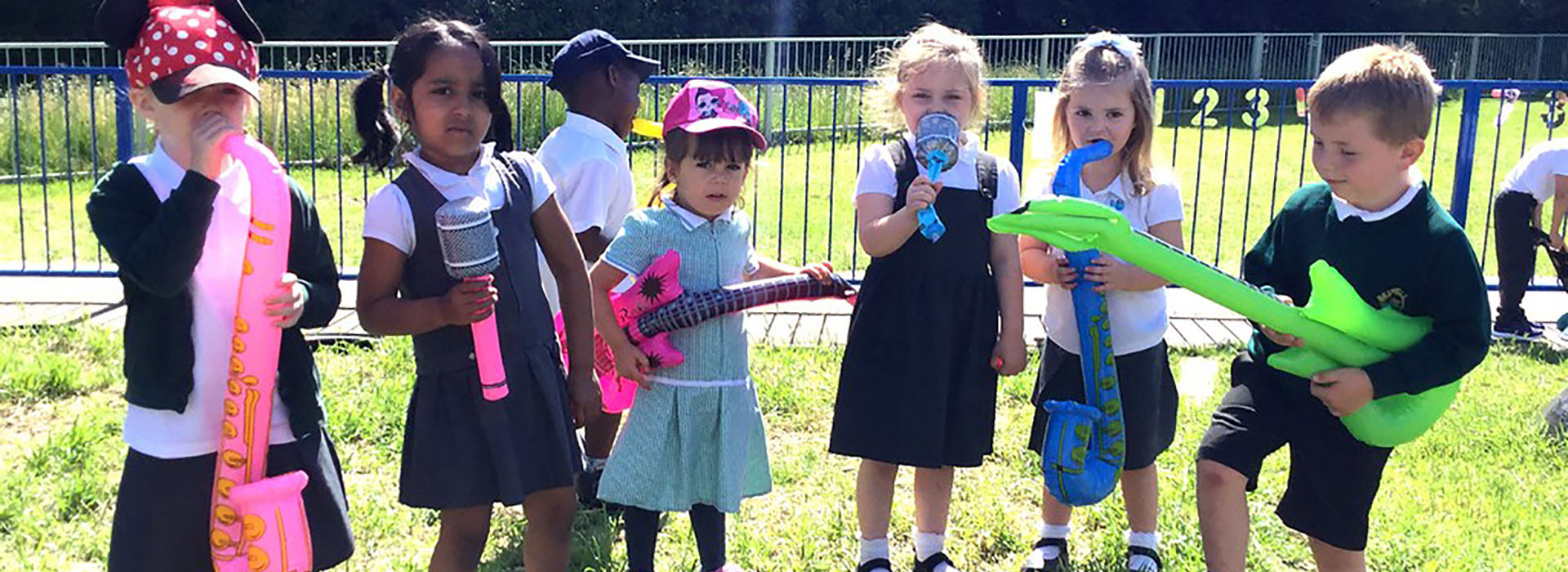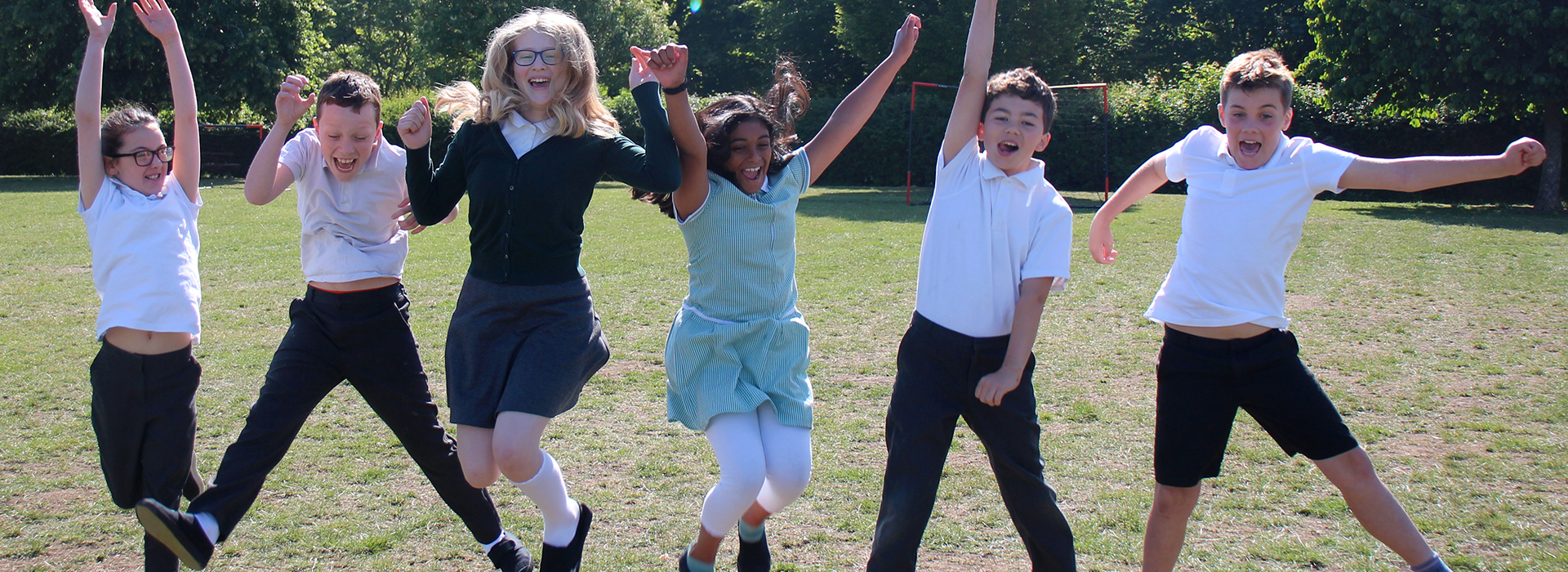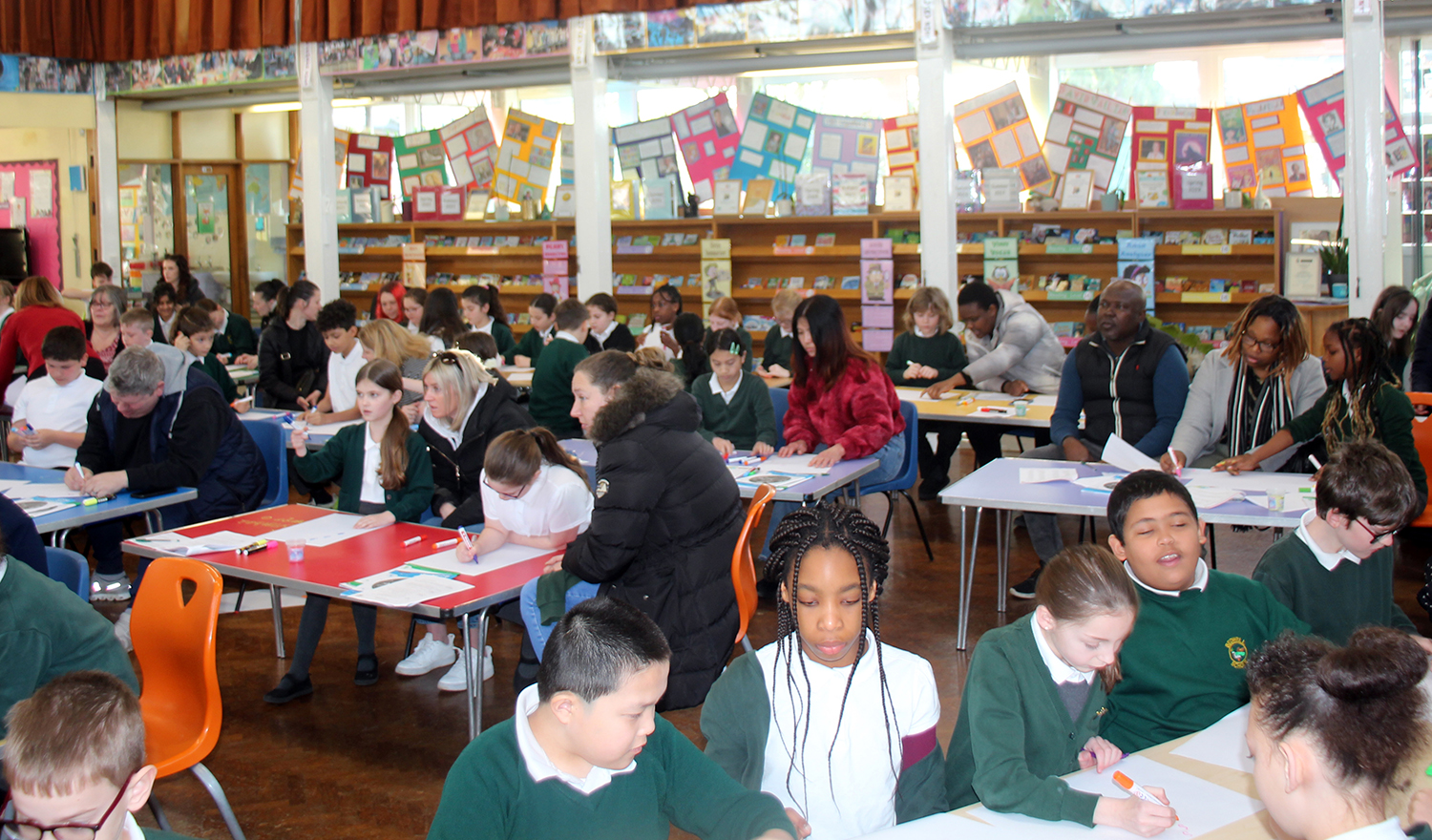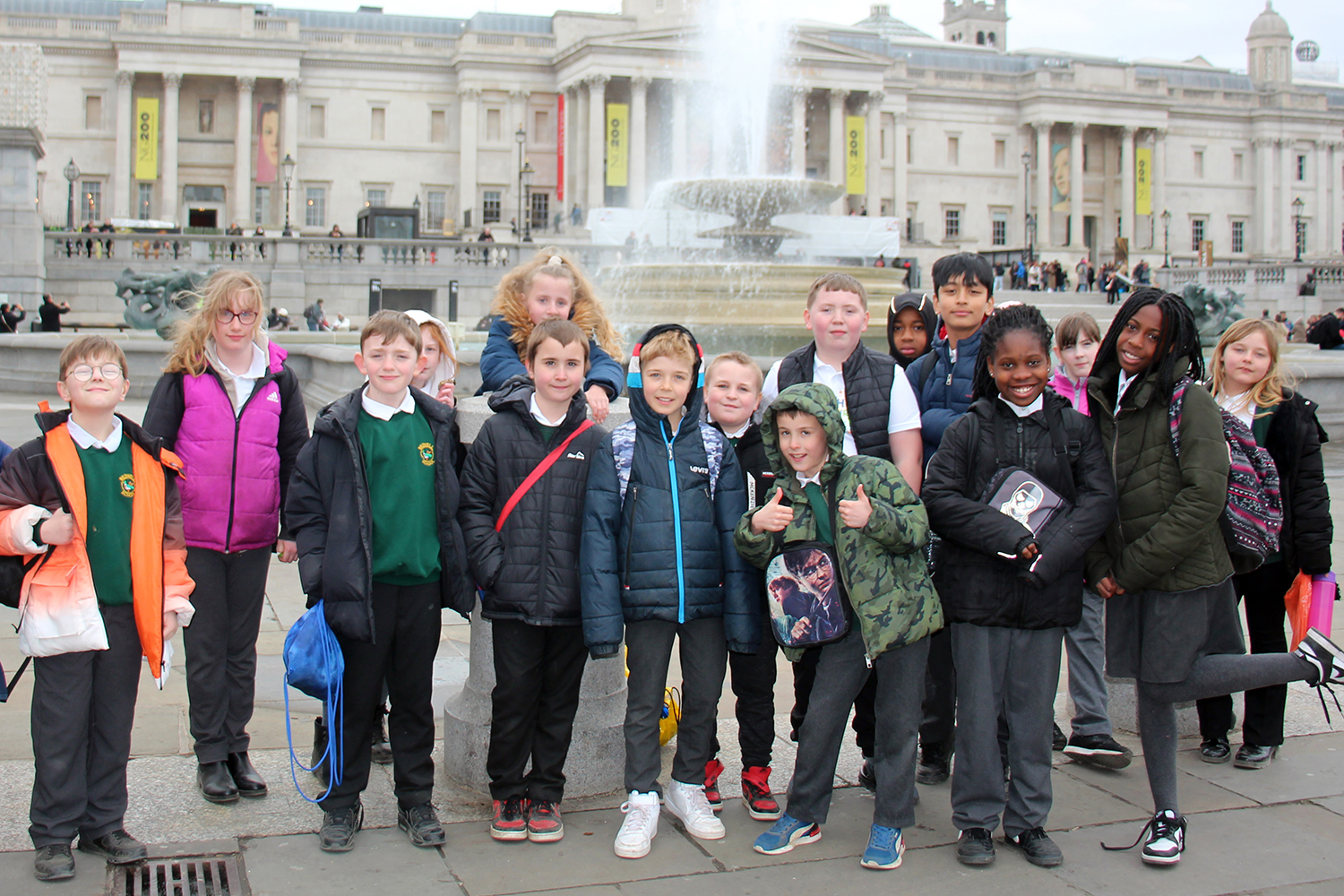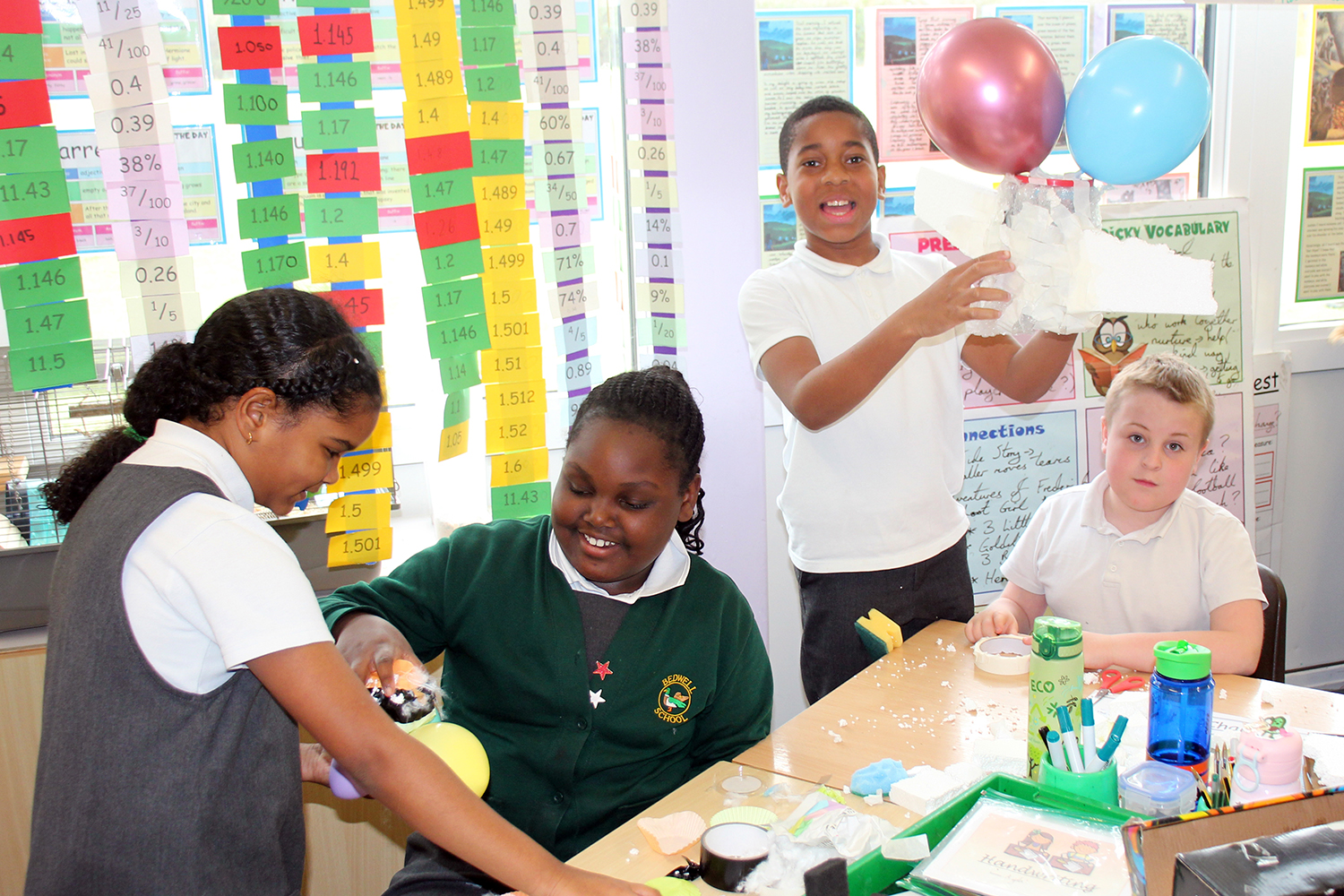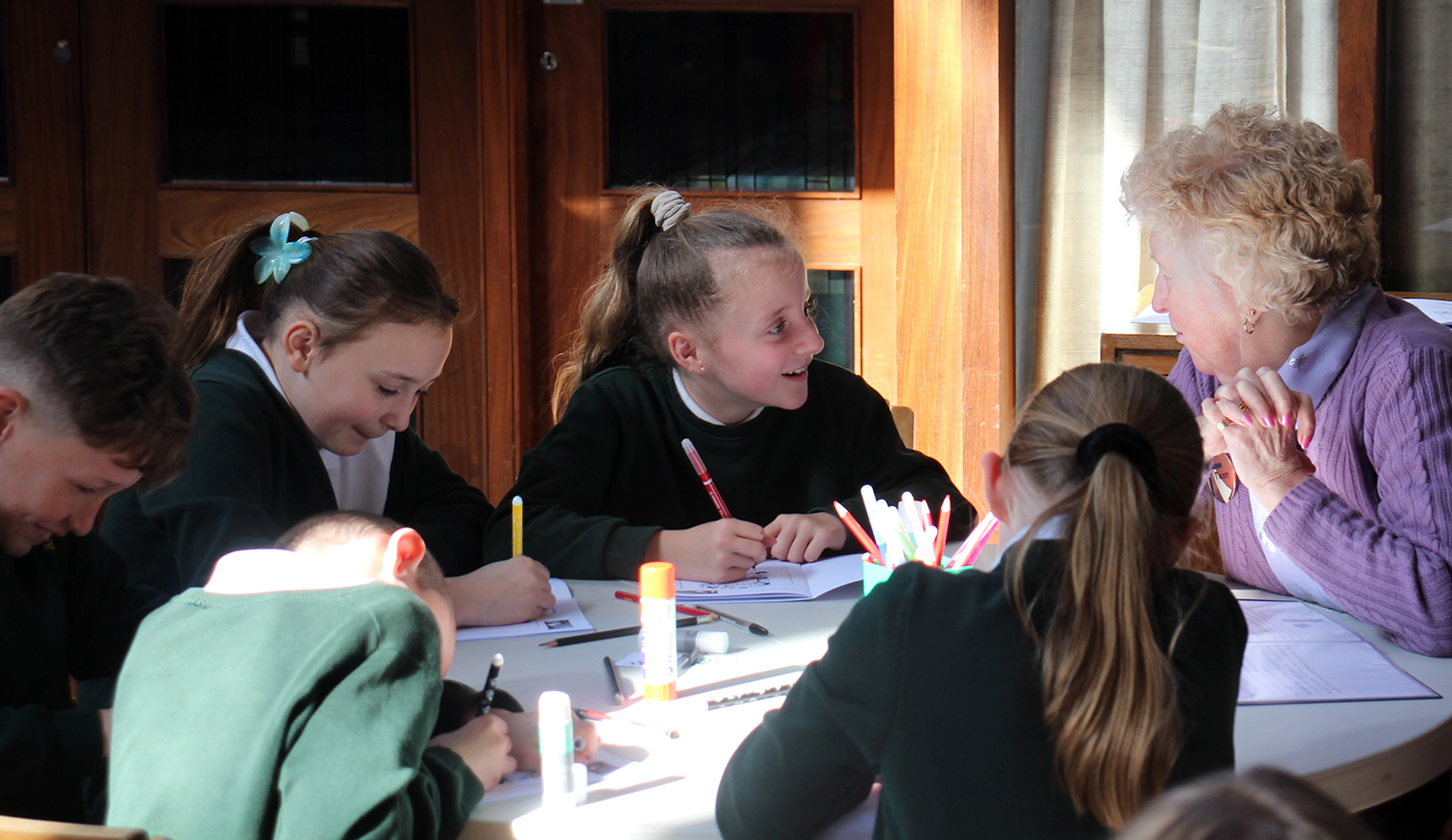We have been learning about...
English : Biographies - We explored the lives of some great female scientists, including Marie Curie, Katherine Johnson and Mary Anning, and were then inspired to write the biographies of other great women from history. You can read a great example of our work below:
Rosa Parks
Rosa Parks was one of the first black women to challenge segregation in the USA. She lived at a time when various laws meant that black people were treated worse than white people, so how did her actions make a lasting change? Read on to find out more!
Rosa Parks, who was born on 4th February 1913, grew up in Montgomery, Alabama. The society that she lived in was very racist and she wanted this to change. This was difficult as she was a black woman and did not have many rights.
After several years, she started getting involved in the civil rights movement (trying to stop racism). On December 1st 1955 she refused to give up her seat in the white section of the bus. At that time, black people had to sit in the back of the bus (or stand up) if a white person wanted their seat, and she felt this was unfair. As a result, she was arrested, taken to prison and put on trial.
Following this, black people all over the city refused to use the buses until the law got changed. For over a year, they walked to work or got lifts, until finally there was a change. This was the first step in ending segregation across the USA. Rosa Parks was rewarded with the Presidential Medal of Freedom in 1996. She died in October 2005.
History : Battle of Britain - Throughout the term we have been learning about the Second World War and, in particular, about the Battle of Britain. To support our learning, we visited the RAF Museum in Hendon. During the day, we saw lots of planes from World War 2 and took part in a workshop where we learnt about (and dressed-up as) lesser known heroes and heroines. Here are a few of the things we learnt:
In our group, we learnt about a man called Douglas Bader. When he was showing-off to his girlfriend, he crashed his plane and lost his legs. However, even though he didn’t have any legs he kept flying, and during WW2 he led a fighter group. He was shot-down and taken prisoner by the Germans. He lost his false leg, so the RAF were allowed to parachute a spare one into the camp where he was being held! - Carson
Bonnie and I were Joan Mortimer. She did a very good job by placing red flags to warn the pilots that there were bombs scattered around the airfield. She was awarded with 12 medals for her bravery! - Nyoreme
I think my favourite part of our trip was the section where we got to design our own plane. We got to choose the size and shape of the wings (as well as the colour of the plane) and then when you started playing in the simulator, you could play with the plane you had designed, so you could see if it worked! - Chloe
